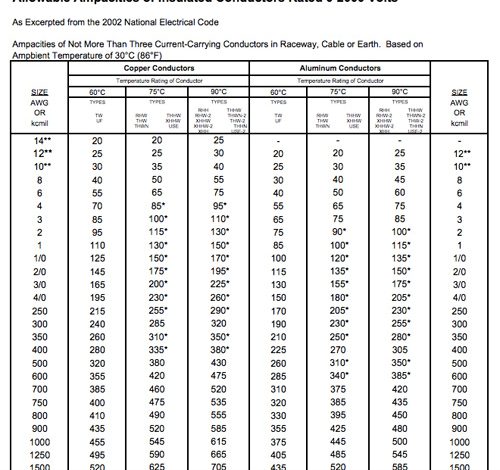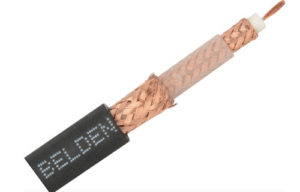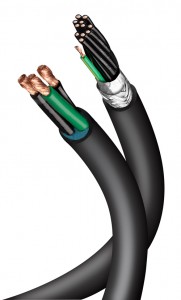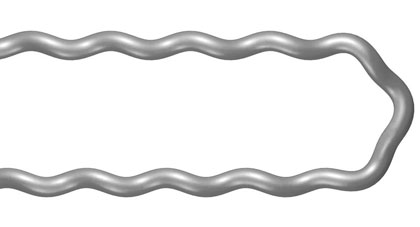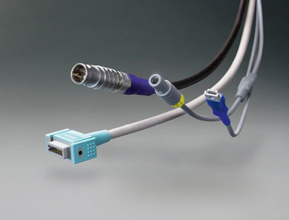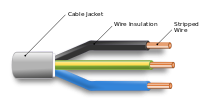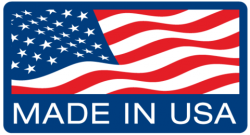1165 N. Stanford Avenue
Los Angeles, CA. 90059Mon - Fri 8am - 4pm
Closed Sat - Sun310.532.7870 | 310.532.1014
We Are Open!!!Post Category: Wire and Cable Articles
When selecting a cable, one must know its ampacity rating. This rating has been determined by the NEC (National Electrical Code), which lists ampacity ratings for real-life installation examples. Most cable manufacturers provide ampacity tables on their websites. Other organizations that supply ampacity tables include IEEE (Institute of Electrical and Electronics Engineers), which offers more than […]
Triaxial, or Triax cable for short, is used in similar applications to coaxial cables. Because they are designed with three conductors versus two in coax and feature an extra layer of shielding and insulation, they are generally more costly. This extra shielding provides ground and is more resistant to EMI than coax designs because it […]
A variety of cables is used in industrial settings for networking, power transmission, and communication. Coaxial, data, and instrumentation cables are some of the most common designs you will find. These low-voltage cables are usually rated for 2,000 V or less to distribute power, but medium-voltage designs reaching up to 35,000 V can be used […]
Cable corkscrewing is exactly what it sounds like—damage to a cable that causes it to look just like a corkscrew, with small tight twists rather than a circular, smooth design. It occurs most often in motion applications, where constant flexing and repetitive motions can cause stress and deform the cable, often destroying the core. […]
A cable assembly is a group of cables joined into one single unit, usually over-molded and combined with some type of connector on at least one end. They may also feature a sleeve as part of their construction. They are used to connect a machine to a power, data or networking signal. They reduce environmental […]
Foil shielding is critical in reducing EMI and other crosstalk in any cable design. In twisted data cables, two types of tin foil may be used inside —aluminum foil or copper foil. Three methods are commonly used in a cable’s foil construction — longitudinal, diagonal and wrapped. Longitudinal — The easiest and cheapest foil method is […]
Electrical cable types Coaxial cable – used for radio frequency signals, for example in cable television distribution systems. Communications cable Direct-buried cable Flexible cables Heliax cable Non-metallic sheathed cable (or nonmetallic building wire, NM, NM-B) Metallic sheathed cable (or armored cable, AC, or BX) Multicore cable (consist of more than one wire and is covered […]

